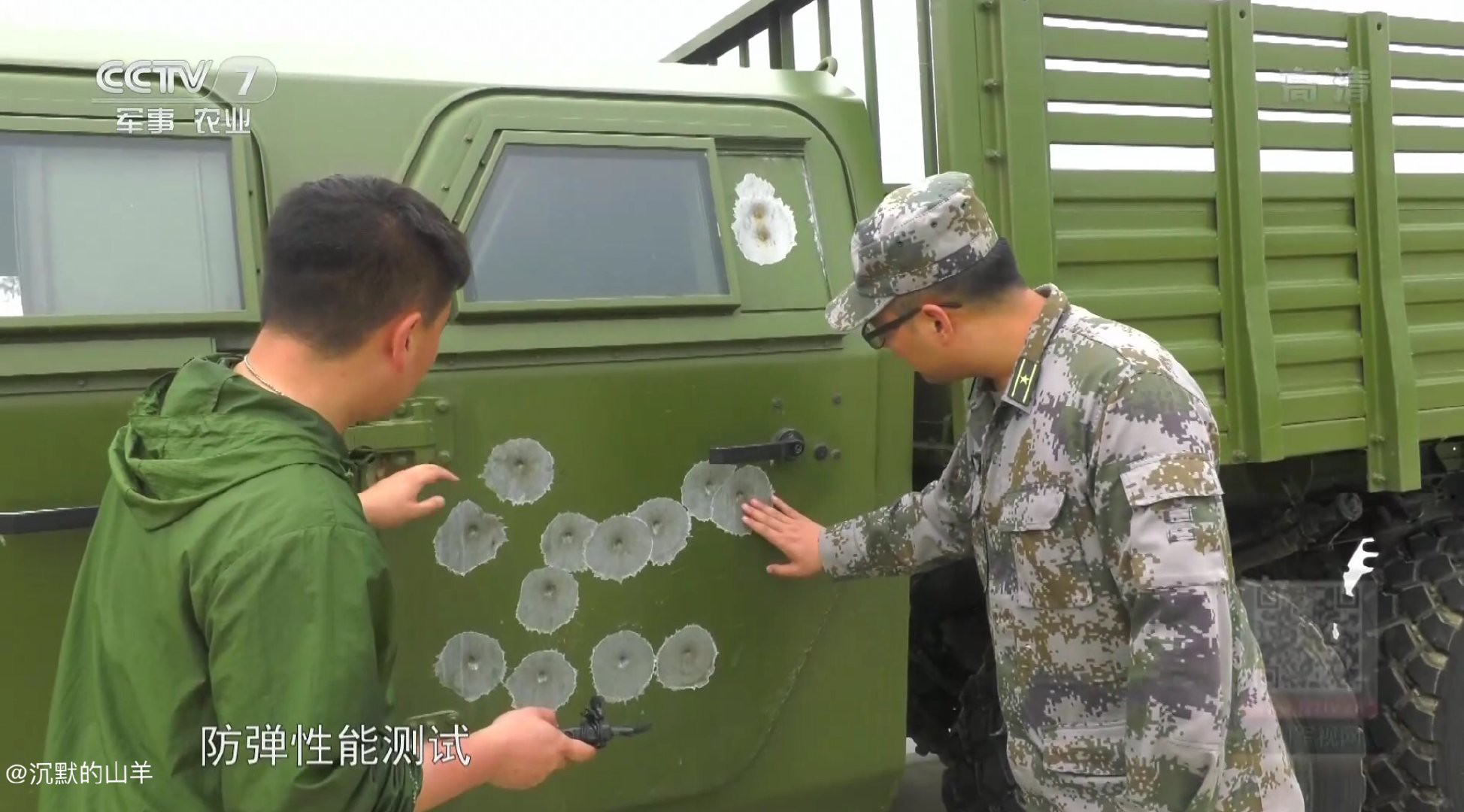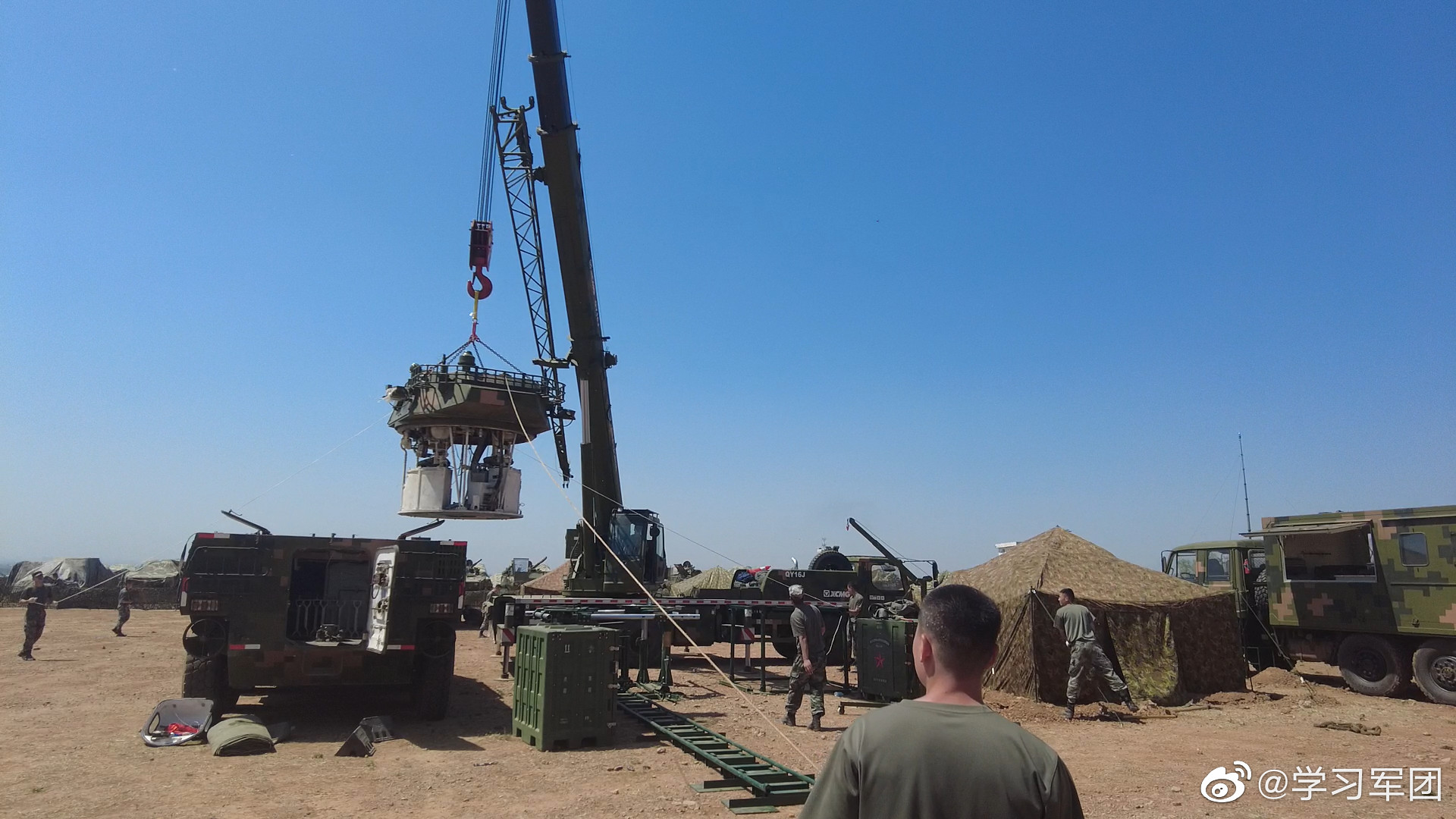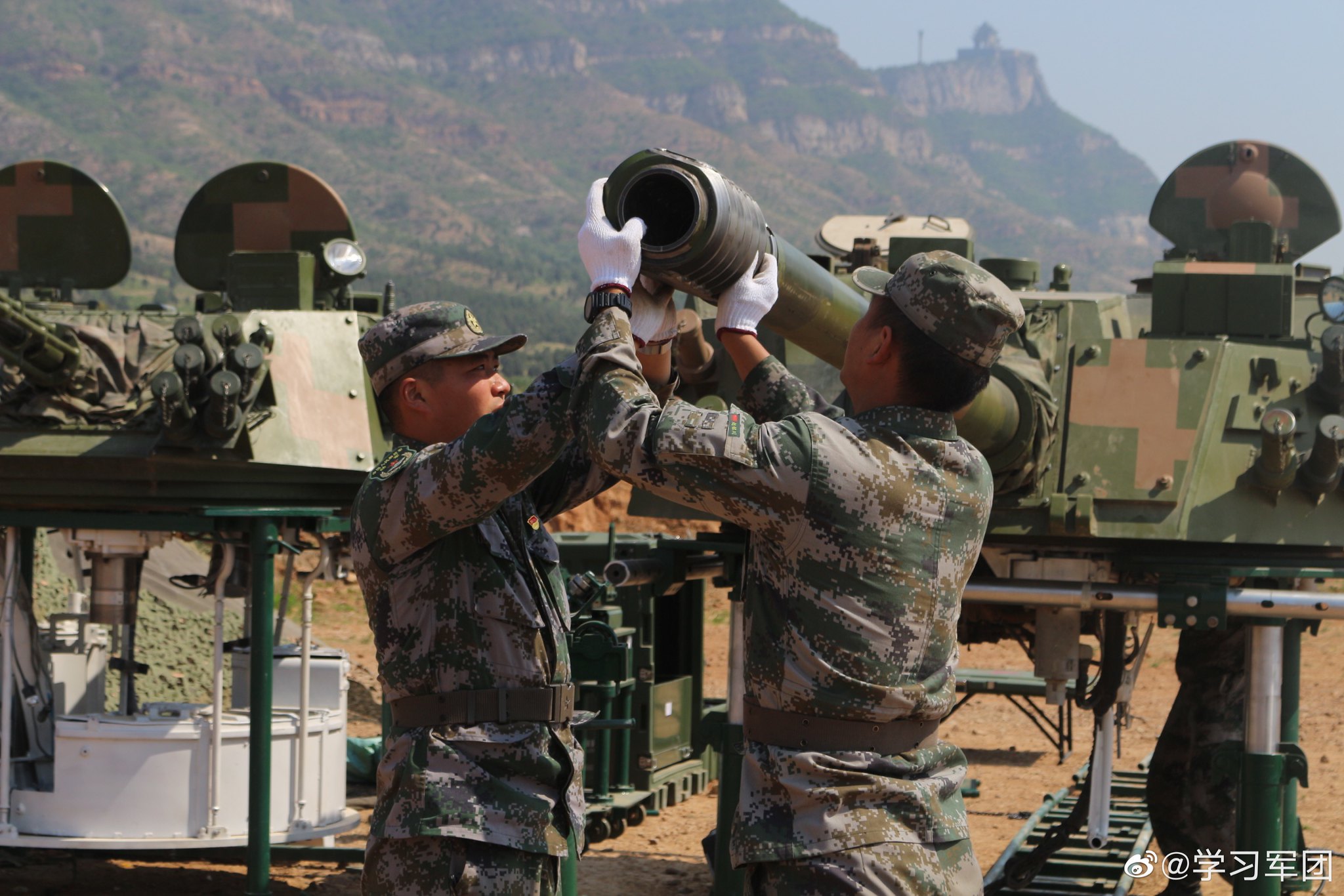Any chance for Chinese IFVs to start integrating hard kill APS systems in the realms of trophy? From recent experiences it seems that defense against HMG/30mm rounds is no longer sufficient in an AT heavy environment, however expensive they may be, they would still be cheaper than potentially losing a squad/vehicle while remaining much lighter than covering a vehicle in ERA. Although the concern would be friendly fire from the APS.
You are using an out of date browser. It may not display this or other websites correctly.
You should upgrade or use an alternative browser.
You should upgrade or use an alternative browser.
Chinese infantry fighting vehicles
- Thread starter Broccoli
- Start date
Any chance for Chinese IFVs to start integrating hard kill APS systems in the realms of trophy? From recent experiences it seems that defense against HMG/30mm rounds is no longer sufficient in an AT heavy environment, however expensive they may be, they would still be cheaper than potentially losing a squad/vehicle while remaining much lighter than covering a vehicle in ERA. Although the concern would be friendly fire from the APS.
The cost of APS means that they likely won't be issued on PLA AFVs for a while, and even then it won't be in large numbers.
The counter to ATGMs is combined arms warfare including bounding aerial overwatch in the form of tactical UAVs and helicopters, artillery, infantry, with AFVs, as well as accepting that at the end of the day you are still going to lose some of your AFVs to ATGMs, but that it would be worth it if you are able to achieve your military objective and thus your political objective.
More modern, traversable APS are one way of further mitigating that risk, but until they become sufficiently mature and low cost to be widely implemented, the best counter to ATGMs is combined arms warfare, together with accepting that you will suffer some losses and bringing enough combat forces to still defeat the enemy.
The measure of aerial over watch is probably only viable in more open ground with nowhere to hide, A heavily defended modern city would post a nightmare for AFVs and infantry alike, seems like the only tried and true way of armored push into cities is by reducing it to rubble first through artillery fire/air power. APS would allow for a lot more survivability in instances where a city would need to be minimally damaged.The cost of APS means that they likely won't be issued on PLA AFVs for a while, and even then it won't be in large numbers.
The counter to ATGMs is combined arms warfare including bounding aerial overwatch in the form of tactical UAVs and helicopters, artillery, infantry, with AFVs, as well as accepting that at the end of the day you are still going to lose some of your AFVs to ATGMs, but that it would be worth it if you are able to achieve your military objective and thus your political objective.
More modern, traversable APS are one way of further mitigating that risk, but until they become sufficiently mature and low cost to be widely implemented, the best counter to ATGMs is combined arms warfare, together with accepting that you will suffer some losses and bringing enough combat forces to still defeat the enemy.
In fact an effective and well stocked APS would be crucial on landing AFVs if China want to land on a contested beach without wasting time for defenses to be sufficiently degraded through long range fire or suffer heavy casualties.
The measure of aerial over watch is probably only viable in more open ground with nowhere to hide, A heavily defended modern city would post a nightmare for AFVs and infantry alike, seems like the only tried and true way of armored push into cities is by reducing it to rubble first through artillery fire/air power. APS would allow for a lot more survivability in instances where a city would need to be minimally damaged.
In fact an effective and well stocked APS would be crucial on landing AFVs if China want to land on a contested beach without wasting time for defenses to be sufficiently degraded through long range fire or suffer heavy casualties.
APS in urban environments would have its effectiveness compromised and reaction time reduced, because the sensors needed to cue the APS itself will be in a high clutter and overlapping background environment.
In an amphibious assault against a beach, whether you had APS or not, you still need to use substantial long range fire and ISR/recce with on call strikes to deal with enemy defenses and counter attacks.
And don't forget the money and maturity factor again.
I understand there is a certain attractiveness to the idea of greatly reducing the effectiveness of ATGMs through APS, but it just isn't that simple.
Perhaps one day in the medium term future for the PLA, APS will be sufficiently mature and affordable to be employed among some primary AFVs. But that isn't happening any time soon.
So until then, the PLA will have to deal with ATGMs through combined arms warfare, superior recce and fires, and the ability to absorb losses while still achieving their objectives.
And even once the PLA does have some type of proliferated APS, it would still make sense to rely on combined arms warfare, superior recce and superior fires to degrade enemy ATGM capabilities and ATGM defensive options -- in such a situation, the APS would be a final last ditch defense rather than the primary means of defending against ATGM teams.
Last edited:
ZBL-08 is not a BMP3 copy. It is wheeled.Are you talking about the zbl 08a? I thought it had better protection then the bmp 3. Both have all round resistance to 12.7, but Wikipedia says zbl 08 can handle 25mm frontally
what radar is this?




